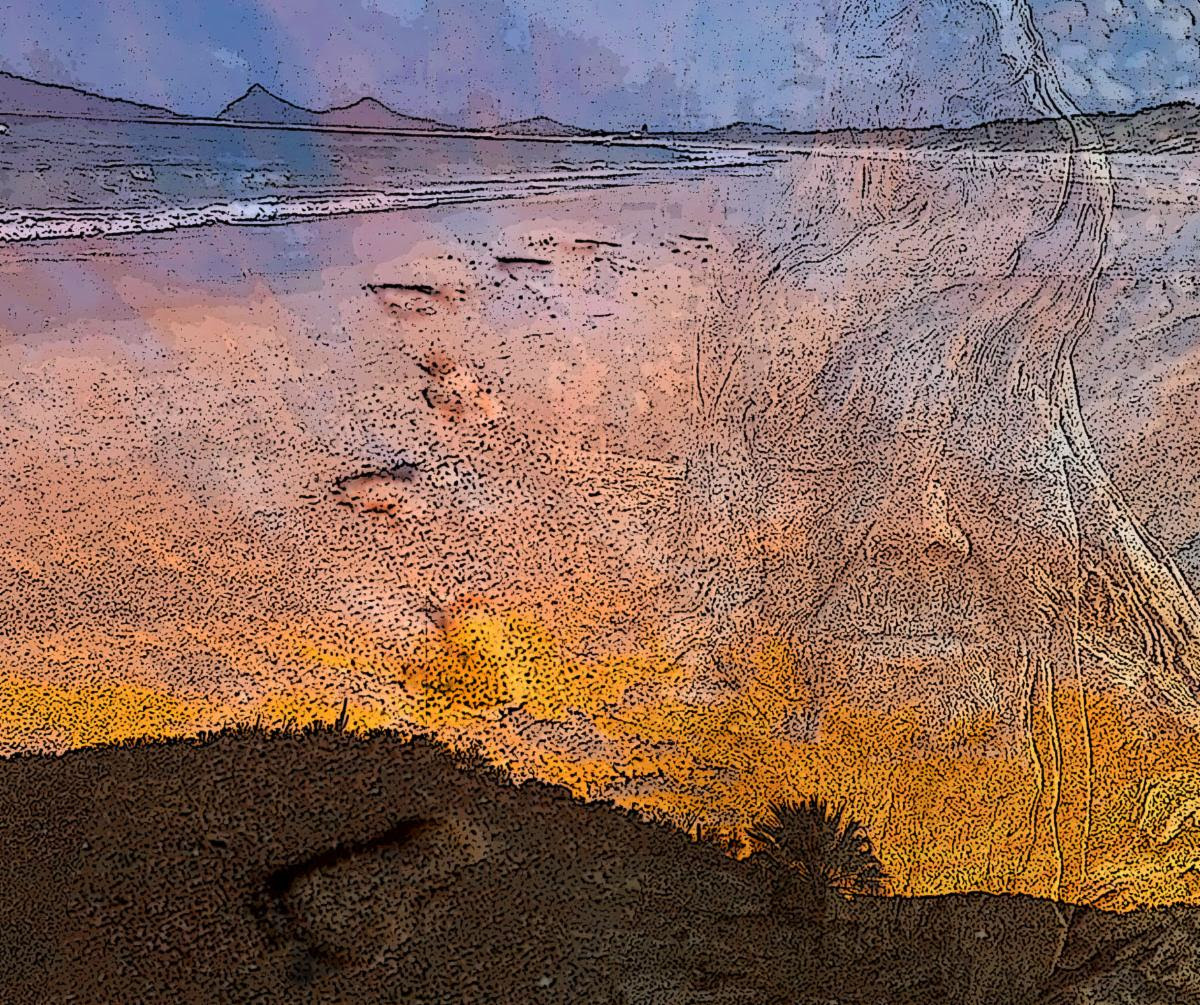The journey of descent to soul has largely been forgotten in mainstream culture, but there is nothing more essential in the world today. The experiential encounter with soul is the key element in the initiatory journey that culminates in true adulthood. And true adults — visionary artisans — are the generators of the most creative and effective actions in defense of all life and in the renaissance and evolution of generative human cultures.
The encounter with soul is not a weekend workshop but an unfolding journey over many months or years. Harvesting its fruit and feeding the world with its bounty plays out over the rest of one’s life. Every day holds opportunities for each of us to prepare for the journey to the underworld of soul, or, once we have embarked upon the journey, to take our next steps, or to gather its mystical treasures and hone them into practical shapes, or to fashion never-before-seen delivery systems for carrying these gifts to the Earth community.
We, at Animas Valley Institute, would like to gift you with this weekly email of trail markers (cairns) on the journey to soul. These Soulcraft Musings, although each only a couple minutes of reading, will be, we trust, valuable guidelines and support on your journey. Each includes references for further reading, study, and practice. And each features a resonant image and poem.
The central theme that ties together all the Musings is, of course, soul and the human encounter with soul. But even the original depth meaning of the word soul has been lost to the modern mind. What we at Animas mean when we speak or write about soul is not what you’ll find in contemporary religious, spiritual, philosophical, or psychological traditions or in everyday conversation. We’ll explore these and many other fundamentals and principles in Soulcraft Musings.
If you’re already on our list, you’ll receive an email with a Soulcraft Musing once a week. If you’re not on our list and would like to subscribe, please click here.
And please feel free to share Soulcraft Musings widely with friends, family, and colleagues.
In wildness and wonder,
Bill Plotkin
Founder
Animas Valley Institute


